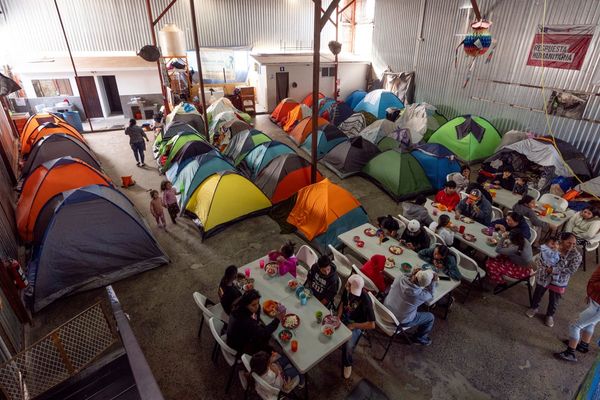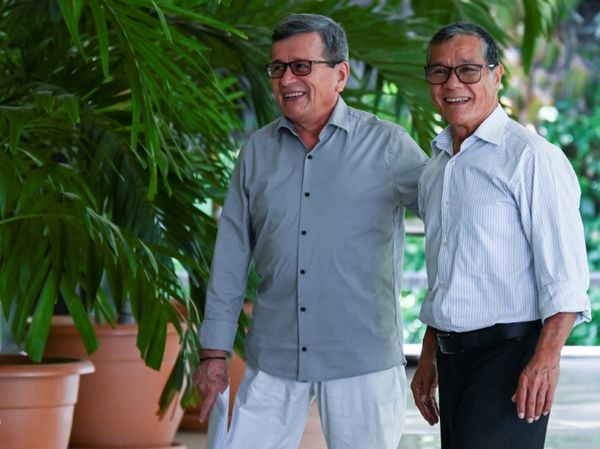
It was the perfect, made-for-primetime-TV sports narrative.
Silver-medal position. Final run, final competitor to go. And New Zealand’s Zoi Sadowski-Synnott delivered when it mattered, putting down a monster run to take gold in the women’s snowboard slopestyle final on Saturday night (Sunday morning in Beijing).
Sadowski-Synnott was the heavy favorite heading into the final, having finished first in yesterday’s qualifiers. But even before that, the 20-year-old had put the world on notice.
At X Games Aspen in January, Sadowski-Synnott took gold in both women’s slopestyle and big air—one place ahead of defending Olympic slopestyle gold medalist Jamie Anderson. In Aspen, she became the first woman to land a combo of back-t0-back 1080s in competition.
In December, she took first place at Dew Tour.
At the world championships in Aspen in March 2021, it was another first-place finish for the Kiwi—and that was not long after she took first place at the first stop of the exclusive, invite-only Natural Selection Tour competition at Jackson Hole Mountain Resort.
There’s no disputing it: Sadowski-Synnott is the world’s best all-around female snowboarder.
For a time it looked as though the Americans would win the third-straight women’s slopestyle gold.
On her second run of three, Julia Marino landed arguably the best run of her career, featuring back-to-back 900s and a double frontside 1080 on the jumps section of the course at the Genting Snow Park in Chongli District, Zhangjiakou, about 150 miles from Beijing, for a score of 87.68.
The 24-year-old had qualified sixth heading into Saturday’s final and finished 11th at the 2018 Pyeongchang Games.
Marino wasn’t able to clean up that run on her third and final run, leaving the door open for Sadowski-Synnott to put together a walk-off win on her third and final run. Having qualified first, she was last to go.
And the Kiwi delivered, with a technically precise rails section into a switch backside 900, a frontside 1080 and a backside 1080. Her score of 92.88 was the only score of the day in the 90s.
Synnott told me at X Games she had been working on that combo for a year and that, off the top of her head, only five other women were capable of it. With the level of progression in women’s slopestyle—largely driven by Sadowski-Synnott—it became clear she’d likely need the combo to win Olympic gold.
American Jamie Anderson, who won the first two (and only two) Olympic women’s snowboard slopestyle medals at the 2014 Sochi Games and 2018 Pyeongchang Games, finished in ninth place after falling on all three of her runs on what the riders have characterized as a difficult course with tricky conditions, including the fake snow and winds.
Australia’s Tess Coady rounded out the podium with bronze.

Marino’s silver medal was the first medal for the United States at the Beijing Games.
With her victory, Sadowski-Synnott made history as the first Kiwi to win a Winter Olympic gold medal in any event. Paired with her bronze in big air from the 2018 Games, Sadowski-Synnott now owns half of New Zealand’s four total Winter Olympics medals—and could earn another in the women’s big air competition on Monday, Feb. 14 (Tuesday in Beijing).







